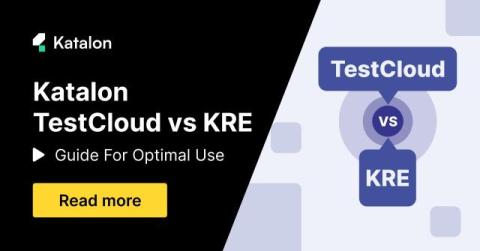Autonomous testing: are we there yet?
Took me years to finally get a Roomba (those robot vacuums from iRobot that have been around since 2002). I was pretty skeptical about how well it would clean and how smart and autonomous it really was. My wife was on board on the benefits from the start, but I needed some convincing. After plenty of back-and-forth (and my wife’s persistence), we went for it. Honestly, the benefits weren’t obvious to me from the start.




















